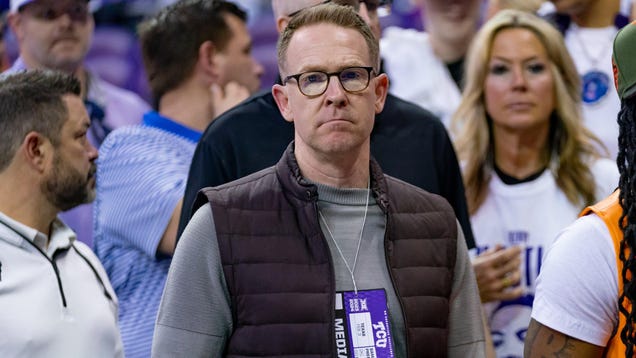But is Ricky ready?
There's no question that point guards are a precious commodity in today's NBA market. Just look at
Steve Nash, Chris Paul, Deron Williams, Jason Kidd and Chicago Bulls rookie
Derrick Rose.
Spain's
Ricky Rubio is still a teenager, but he's become the darling of NBA scouts and international basketball fans. His
highlight videos are all over YouTube. Fans draw comparison's to former NBA star
"Pistol" Pete Maravich. The frail Rubio, 6-feet-4 and only 180 pounds, does look a lot like Maravich. And emulates the Pistol's legendary playing style with his flashy passes, dribbling and open-court freestyle play.
But if you watch Rubio closely, he's still a long, long way from being an NBA player, even though many project him as a lottery pick in the 2009 NBA Draft. He's looked strong in international play, including last summer's Olympic Games. But he still doesn't have the defensive skill and jump shot a point guard needs to play in the NBA.
Early buzz has Rubio projected as a marketing sensation with his flashy play, good looks and international appeal. The NBA loves the potential of expanding its European market, much like it has done with Yao Ming in China. See Ricky play. See Ricky sell: soda, shoes, socks, video games. Just wait.
But a team would be wise to develop Rubio slowly and let him grow both physically and mentally as a player. He could use a couple of years of international or college play, but he'll likely be drawn to the NBA's promise of financial security. Still, any team that drafts him should bring in a veteran point guard to tutor him and bring him along.
And for those of us who are old enough to remember
Maravich, the Pistol had one heck of a jump shot to go with all those hot-dog moves. He was a prolific scorer, that's for sure.







